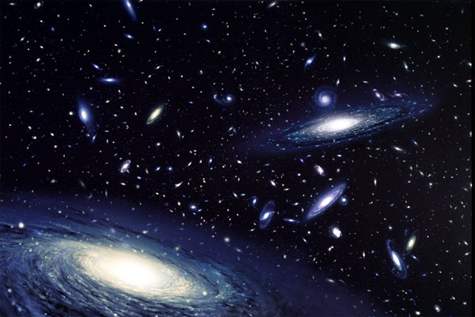
In Slate, Ben Blatt uses pattern mapping to pre-determine Waldo’s whereabouts. But don’t think all the conundrums are solved just yet. “[This] leaves a more intriguing question left unanswered: Why is Waldo there? Why, Waldo? Why are you so likely to hide in these two narrow bands? Why are you rarely at the edges of the page? Why are you rarely in the middle of the page? Why, Waldo?”

